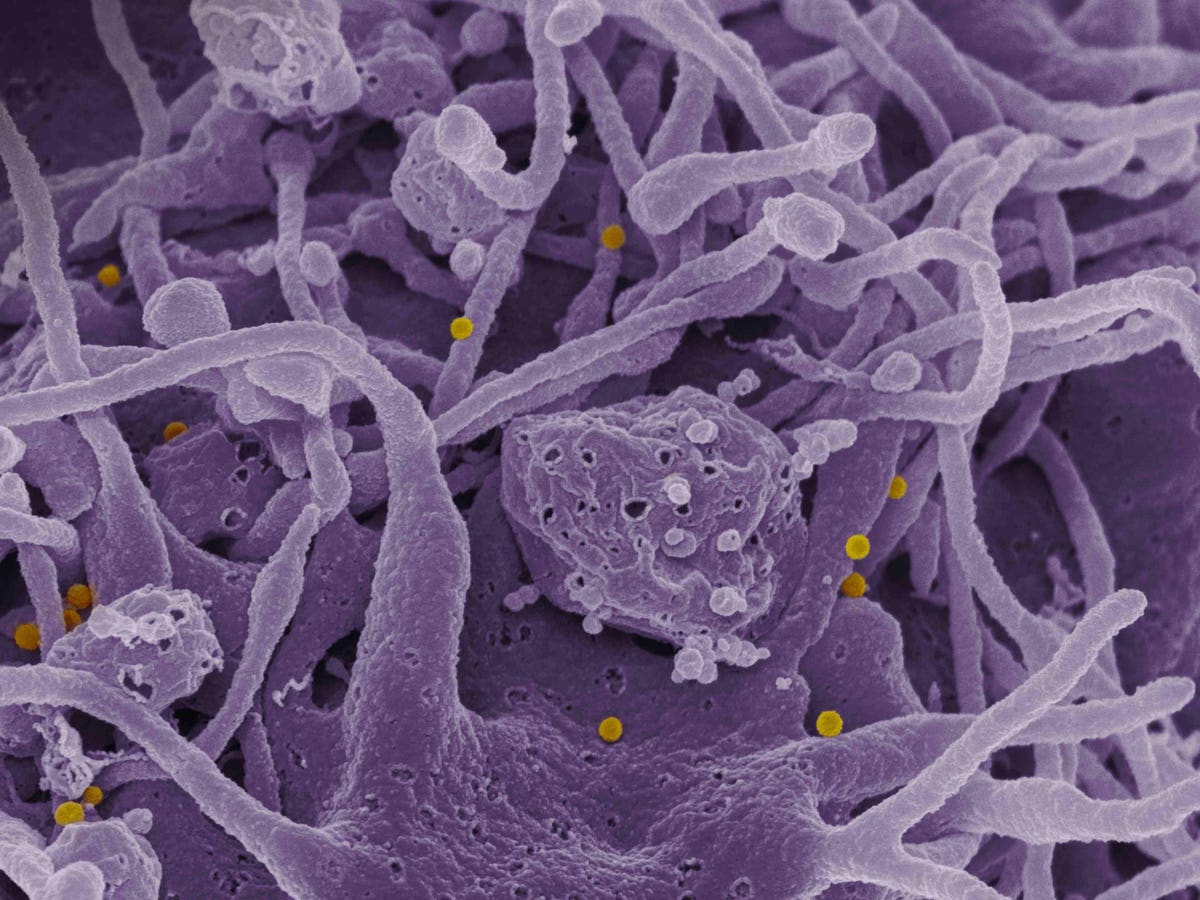Here’s another growing problem with climate change that politicians and business leaders can ignore—the spread of CCHF. CCHF is not a rock band. That would be CCR or Creedence Clearwater Revival. Instead, CCHF stands for Crimean-Congo Hemorrhagic Fever. And it’s not like cowbell fever. It’s a potentially deadly fever caused by a virus that’s on the list of World Health Organization (WHO) priority pathogens that can cause outbreaks and pandemics.
The problem is that the Earth is essentially warming up to the spread of this virus. Rising temperatures around the world have been expanding the habitat of the ticks that can carry and transmit the nairovirus that causes CCHF into more temperate regions such as Europe. For example, Spain had its first cases of CCHF in 2011 and 2016. Yes, folks this is yet another ticking time bomb from climate change.
Before you claim that CCHF is not a big deal. Go to the bathroom. Put down your G.I. Joe doll. Open one of your hands. And slap yourself on the face. CCHF is absolutely, positively not like a cold. It’s fun thing to have. That’s unless you find the sudden onset of headaches, high fevers, back pain, joint pain, stomach pain, and vomiting to be a fun things. Oh, and there’s all the well-red stuff, so to speak, like the red eyes, flushed face, red throat, and red spots on your palate, according to the Centers for Disease Control and Prevention (CDC). You can also suffer jaundice. Hmm, what else? You could possibly have changes in your mood. That’s beyond the fact that you’re upset that you have freaking CCHF.
The tip off that CCHF is really bad is the “hemorrhagic” in its name. Very few things with this word—which means a lot of bleeding—are good. For example, if you happen to see “hemorrhagic ice cream” as one of the flavors in an ice cream shop, avoid that flavor. In fact, you may want to avoid the ice cream shop all together. After about four days of symptoms, CCHF can progress to some bloody awful problems such as severe bruising, severe nosebleeds, and uncontrolled bleeding at any part of the skin that may be penetrated with something like a needle. This bleeding can last for two weeks. Death has resulted in 9% to 50% of hospitalized patients during CCHF outbreaks. That’s a pretty high risk of death. Even if you do survive CCHF, recovery can take a long time because bleeding all over the place is not something you simply walk off when it subsides.
Here’s some more great news. There no real specific treatments for CCHF. The antiviral drug ribavirin may help. But the jury is still out on that. The main things to do is stay well hydrated, have your electrolytes closely monitored and corrected where needed, and receive extra oxygen and blood when needed. Of course, things could spiral down, requiring ventilator and other types of cardiopulmonary support. You’ve got to beware of getting secondary bacterial infections as well. Yeah, all of this really bites and sucks.
Speaking of bites and sucks, Ixodid (hard) ticks such as the Hyalomma ones can carry the CCHF virus. These ticks can bite and transmit the virus to all sorts of animals besides humans such as cattle, goats, sheep and hares. So if you are planning that sheep and hare rave for this Saturday night and a tick brings along the virus, you may have a Saturday night fever situation. The tick can transmit the virus among humans and other animals through biting and sucking. You know what else sucks? Infectious blood or other body fluids can transmit the virus as well. So, you’ve got to make sure that medical equipment and other supplies are properly sterilized.
CCHF is already endemic in a number of different countries around the world. So far, these have tended to be countries with climates warmer than most of Western, Central, and Northern Europe. The list hasd included the following countries in Africa: Benin, Burkina Faso, the Central African Republic, the Democratic Republic of Congo, Egypt, Ethiopia, Guinea, Kenya, Madagascar, Mali, Mauritania, Namibia, Nigeria, Senegal, South Africa, South Sudan, Sudan, Tanzania, Uganda, and Zimbabwe. There are also several countries in the Middle East on the list: Iran, Iraq, Oman, Saudi Arabia, and the United Arab Emirates. Oh, and CCHF is endemic in various parts of China, India, Pakistan, and Russia as well as the following countries in Central Asia: Azerbaijan, Kazakhstan, Kirgizstan, Tajikistan, and Turkmenistan too. Then there are countries in Eastern Europe such as Albania, Armenia, Bosnia and Hercegovina, Bulgaria, Croatia, Georgia, Greece, Macedonia, Montenegro, Serbia, Slovenia, Turkey, and Ukraine. That’s quite a few countries already.
Here’s what’s going to tick people off even more. This list is bound to grow even more as climate change continues to warm the Earth in a non-comforting way. Many countries in Europe are probably next. And with CCHF on the WHO list of priority pathogens, there’s always the potential of it going even more global, maybe even in a pandemic sort of way.
CCHF should be yet another reason why political and business leaders need to stop dragging their feet and knuckles about addressing climate change. Global temperatures hitting new highs this past week, the continuing spread of various diseases, the increased frequency of wildfires, and numerous other warning signs should tick off every box for a global emergency. Political and business leaders could do a lot more about curbing pollution right now. But CCHF spreads and no such action is taken, blood will be on the hands soon.
Read the full article here





